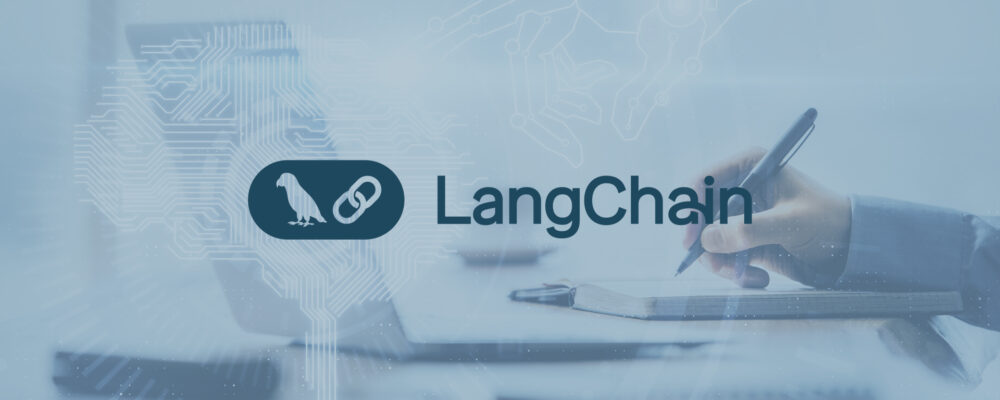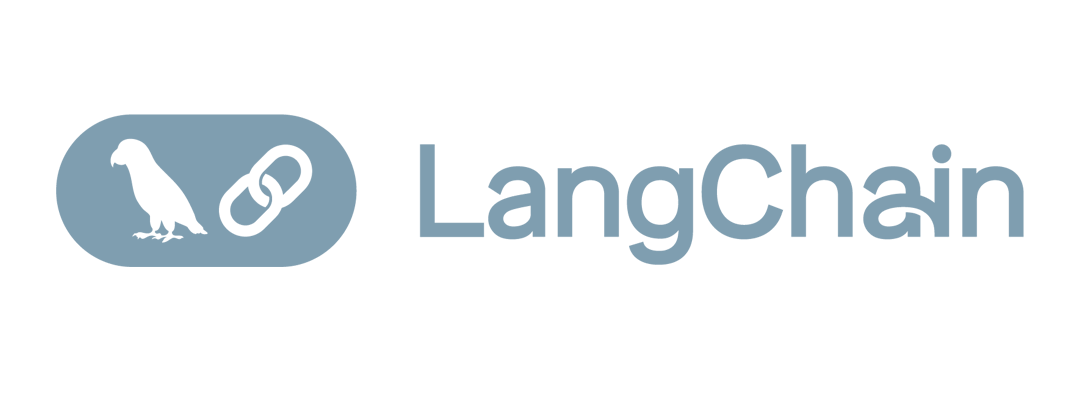Understanding LangChain’s Core Components for Developers
LangChain is an innovative framework designed to streamline the integration and deployment of large language models (LLMs) in various applications. Its core components are structured to provide developers with a robust platform that simplifies complex tasks associated with LLMs. Understanding these components is crucial for anyone looking to leverage the full potential of LangChain.
The primary components of LangChain include:
- Model Management: This component is responsible for managing the lifecycle of the language models. It facilitates model loading, upgrading, and scaling, ensuring that developers can focus on application logic instead of infrastructure overhead.
- Data Ingestion: Built to handle vast amounts of data from heterogeneous sources, this component ensures efficient data preprocessing and normalization, critical for training and fine-tuning models.
- Task Orchestration: LangChain offers a sophisticated task orchestration mechanism, which aids in coordinating multiple tasks and processes required for the operation of LLMs. This includes scheduling, execution, and monitoring of tasks within the framework.
- API Interface: The language models need to be accessed by different clients and services. LangChain provides a flexible API interface allowing seamless interaction with other software modules and external systems.
- Security and Compliance: With data privacy and security as paramount concerns, LangChain incorporates robust security measures. These ensure compliance with industry standards such as GDPR, keeping sensitive data secure throughout the model training and usage processes.
Each component plays an integral role in making LangChain a preferred choice for developers aiming to integrate LLM capabilities into their applications efficiently.
Exploring the Advantages of Using LangChain in LLM Applications
LangChain stands out in the landscape of LLM frameworks due to its distinct advantages, particularly beneficial for applications that rely heavily on language processing. Let’s explore these benefits:
- Simplified Integration: With its streamlined architecture, LangChain reduces the complexity traditionally associated with integrating LLMs. This allows developers to effortlessly embed sophisticated language processing capabilities into their applications.
- Enhanced Performance: The optimization techniques employed within LangChain maximize the performance of LLMs, ensuring that applications run efficiently even when handling resource-intensive tasks.
- Scalability: By supporting both horizontal and vertical scaling, LangChain is equipped to manage growing data demands and increased model usage without compromising performance or reliability.
- Flexibility and Customization: LangChain provides extensive customization options, allowing developers to tailor the framework to specific project requirements. This flexibility is crucial in developing bespoke solutions for diverse industry needs.
- Community and Support: A thriving community backs LangChain, offering support, resources, and shared insights. This network is invaluable for troubleshooting, knowledge sharing, and continuous learning.
Incorporating LangChain into LLM-based applications not only leverages these advantages but also positions businesses to innovate more rapidly in the ever-evolving tech landscape.
How LangChain Enhances Data Accessibility for LLMs
One of LangChain’s standout features is its capability to enhance data accessibility for LLMs, a critical factor in maximizing the efficacy of language models. Here’s how it achieves this:
- Unified Data Access Layer: LangChain provides a unified access layer that abstracts the complexities of interfacing with multiple data sources. This enables models to seamlessly access and utilize data, irrespective of its origin or format.
- Data Transformation and Enrichment: Before data reaches the model, it undergoes necessary transformations to ensure compatibility and optimization for processing. Additionally, LangChain can enrich datasets by integrating auxiliary data sources, enhancing the model’s contextual understanding.
- Real-time Data Streaming: For applications requiring up-to-the-minute data updates, LangChain supports real-time data streaming. This feature ensures models have access to the latest information, increasing their responsiveness and accuracy.
- Data Security and Governance: As data traverses through LangChain, it is subjected to rigorous security protocols, maintaining data integrity and compliance with policies governing data usage and protection.
By focusing on these aspects, LangChain empowers developers to maximize data utility, leading to more accurate and insightful outcomes from LLMs.
Step-by-Step Guide to Implementing LangChain in Your Projects
Integrating LangChain into a project can transform your application’s language processing capabilities. Here’s a step-by-step guide to help you get started:
- Define Project Requirements: Begin by identifying the specific needs of your application. Determine the types of language tasks you’ll be performing and the data sources you’ll need to integrate.
- Set Up Environment: Ensure your development environment is equipped with the necessary dependencies for LangChain. This typically involves installing compatible Python versions, libraries, and containerization tools like Docker if needed.
- Install LangChain: Use package managers like pip to install LangChain into your environment. Ensure you’re using the latest stable release for maximum features and stability.
- Configure Data Sources: Utilize LangChain’s data ingestion module to connect your relevant data sources. Set up connectors and authentication as required to enable smooth data flow.
- Deploy Models: Leverage LangChain’s model management component to deploy the desired language models. Adjust configuration settings according to your performance and resource considerations.
- Create Application Logic: Develop the logic for your application using LangChain’s API interfaces. This could involve tasks such as text generation, translation, summarization, or any specialized processing dictated by your requirements.
- Testing and Validation: Thoroughly test the integrated application to validate the performance and accuracy of implemented models. Use LangChain’s monitoring tools to identify any bottlenecks or areas of improvement.
- Optimize and Scale: Post-deployment, focus on optimizing model efficiency and scaling operations to meet increasing data and usage demands. Use LangChain’s best practices for tuning parameters and expanding capacity.
Following these steps will ensure a successful integration of LangChain in your projects, equipping your applications with advanced language processing capabilities.
Best Practices for Optimizing LangChain Framework Utilization
To fully realize the potential of LangChain, it’s essential to follow best practices that enhance its efficacy and performance. Here are key strategies to consider:
- Regularly Update Models: Keep your language models updated with the latest versions to benefit from improvements in performance and new capabilities.
- Monitor Resource Usage: Continuously monitor the resource utilization of your models. This includes CPU, memory, and IO activities to identify inefficiencies or potential optimizations.
- Security Audits: Conduct periodic security audits to ensure compliance with data protection regulations and to safeguard against vulnerabilities.
- Leverage Community Resources: Engage with the LangChain community through forums, contributions, and collaboration. Staying connected with peers can provide valuable insights and support.
- Integrate Feedback Loops: Implement feedback mechanisms within your application to gather user interactions and improve model responses over time.
Adhering to these best practices will not only optimize the use of LangChain but also contribute to creating more robust and scalable LLM applications.


